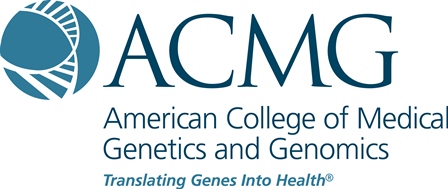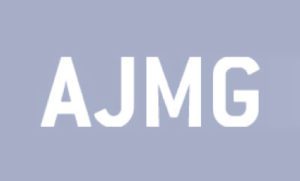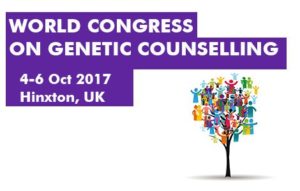| Abstract Number: (384)Bohring-Opitz Syndrome Patient Support Group An Essential Element for Optimizing Facial Dysmorphism Recognition Software Tool |
| Topic: Clinical Genetics Presenting Author: Bianca Russell, MD, Cincinnati Children’s Hospital Co-Authors: S. van Gemert-Godbersen; S. Bermejo; A. Bromley; J. Graham, Jr, Cedar Sinai Medical Center Session Type: Poster Presentation only Description: Introduction: Bohring-Opitz Syndrome (BOS) is a rare genetic condition caused by mutations in ASXL1. It is characterized by distinctive facial features and posture, myopia, feeding difficulties and severe intellectual disabilities. Facial appearance includes nevus simplex typically over the glabella and eyelids, facial hypotonia, proptosis with high myopia, widely spaced eyes, depressed and wide nasal bridge, anteverted nares, palatal anomalies including cleft palate and prominent palatine ridges, micro and retrognathia, low-set ears with increased posterior angulation, a low posterior hairline, and hypertrichosis. Since the identification of ASXL1 as a causative gene for BOS in 2011, exome sequencing has expanded the phenotype and resulted in a rapid rate of diagnosis internationally. Face2Gene is an analytic tool available for free to geneticists. It utilizes the Facial Dysmorphology Novel Analysis (FDNA) technology to automatically detect and evaluate subtle craniofacial dysmorphology in order to identify a recognizable facial pattern for rare syndromes based on 2D facial photos. This technology provides the means for clinicians to identify possible diagnoses in patients with distinctive facial features by comparing syndrome masks. The effectiveness of the FDNA technology improves with the addition of images. In this study, we sought to assess the FDNA’s capability to recognize the unique facial phenotype associated with BOS. We collaborated with the Bohring-Opitz Syndrome (BOS) support group to collect facial images directly from families. Methods: The BOS Support Group and Face2Gene joined together in a campaign targeted directly at BOS families to generate submissions of photographs of their BOS children at all ages. Through Facebook, families were given access to a HIPAA-compliant online portal to share photographs. Uploaded pictures were used to train the FDNA technology, generate a syndrome mask and compare recognition ability to control groups. Images were compared to normal subjects as well as other non-BOS syndromic facies. Statistical analysis of the receiver operating characteristic (ROC) curve was done to calculate the area under the curve (AUC) with a value of 1 being perfect accuracy. Results: 138 images were submitted directly from BOS families and compared to 1000 images of normal controls and 1000 images of non-BOS syndromic facies. When the BOS mask was compared to normal and other syndromic facies, the mean AUC was 0.99 and 0.98, respectively. Conclusion: Collaboration with the BOS Support Group allowed for the creation of a syndromic mask that is highly accurate in identifying the distinctive facial features seen in BOS when compared to normal facies and facies associated with other syndromes. This has generated a powerful tool for clinicians to assist with the diagnosis of BOS and it highlights the importance of patient involvement related to rare diseases. As an additional step, a patient-driven registry is being created, whereby participants enrolled in the registry will have their photographs uploaded to Face2Gene by the registry curator. |

FDNA and Face2Gene Featured at ESHG
A flock of researchers from around the globe shared their findings in dysmorphology and molecular genetics at this year’s ESHG as a part of FDNA’s corporate satellite talk and various scientific posters. Karin Weiss (Rambam Health Care Campus, Haifa, Israel) presented her further work on Sifrim Hitz Weiss Syndrome (SIHIWES), a recently described form […]


